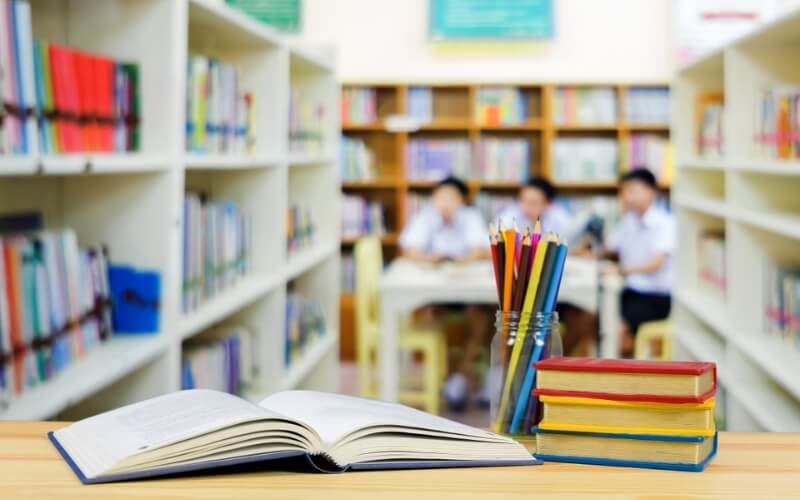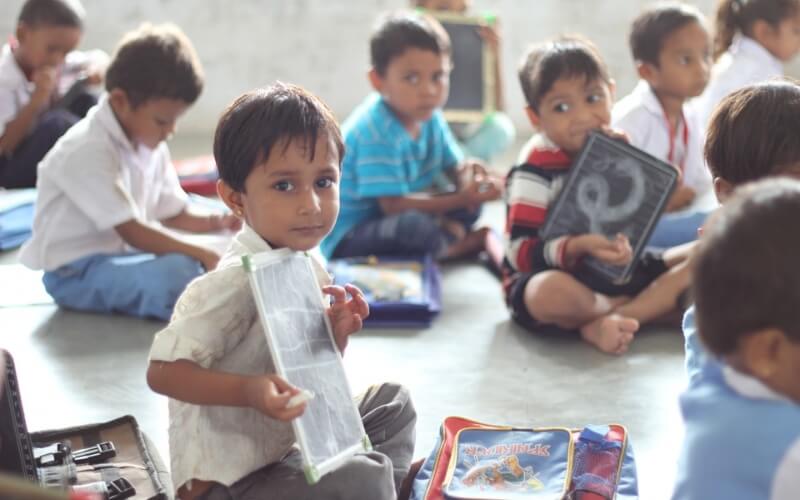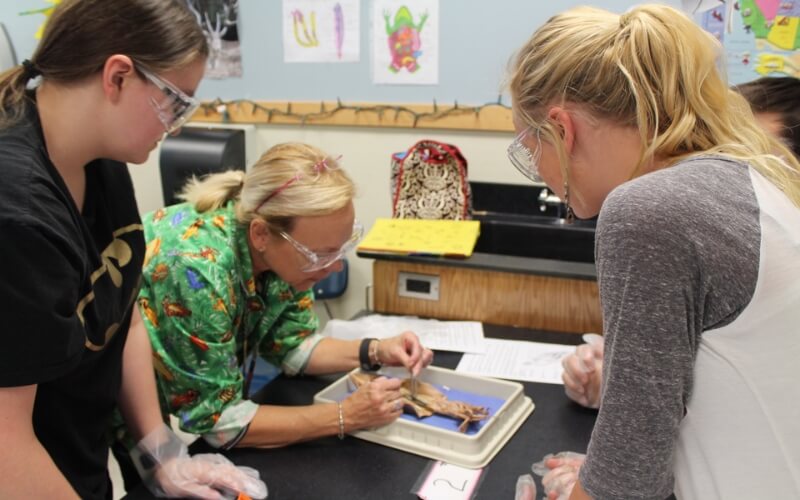The 3 P’s of differentiation – Presentation, Process, and Product – form the fundamental framework for effective personalized learning. This comprehensive approach helps educators tailor their teaching methods to accommodate diverse student needs, ensuring each learner receives instruction that matches their unique learning style and capabilities. Understanding these three essential components enables teachers to create engaging, adaptive learning experiences that maximize student success.
1. Presentation: How information is delivered
The first “P” is Presentation. Presentation involves the methods teachers use to deliver information to students. To ensure inclusivity, teachers must adapt their instructional approaches based on students’ learning preferences, readiness levels, and interests.
For instance, when teaching a science concept, a teacher might present the lesson in several formats:
- Written Instructions: For students who prefer reading or need clear, step-by-step guidance.
- Verbal Explanations: To engage auditory learners or clarify written material.
- Video Demonstrations: For visual and kinesthetic learners who benefit from seeing concepts in action.
Additionally, the teacher might vary the pace of instruction or simplify complex language for students who require additional support. On the other hand, they might encourage advanced learners to explore supplementary materials or conduct independent experiments.
By differentiating the presentation of lessons, teachers create an inclusive environment where students can absorb information in ways that resonate with their individual learning styles.
Discover Related Guides: Pros & Cons of Differentiated Instruction: A Complete Teaching Guide 2025

2. Process: How students learn
The second “P” is Process, which refers to how students learn the content. The process involves the methods and strategies used to engage students in their learning. Just as students vary in their readiness levels, they also have different learning styles. Some students are visual learners, while others may learn better through hands-on activities, discussions, or written assignments.
Teachers can differentiate the process by incorporating various teaching strategies and providing multiple pathways for students to engage with the material. For example:
- Tiered lessons: Students work on tasks at different levels of difficulty based on their readiness. While one group may work on basic concepts, another might tackle more advanced problem-solving tasks.
- Choice boards: Giving students options for how they engage with the content, such as choosing between creating a presentation, writing an essay, or producing a video.
- Collaborative learning: Pairing students with varying skill levels so they can learn from each other. More advanced students may support their peers in understanding difficult concepts.
Through differentiation in the process, teachers ensure that all students can engage with the material in ways that make sense to them, helping them develop deeper understanding and retain knowledge.
3. Product: How students demonstrate their learning
The final “P” is Product, which focuses on how students demonstrate what they have learned. Differentiating the product means giving students various options to express their understanding, reflecting their unique strengths and interests.
For example, one student may choose to write a report on a topic, while another student might prefer to create a presentation or build a model to represent their understanding. These products still showcase mastery of the same content but allow for different forms of expression. By differentiating the product, teachers cater to a variety of learning styles and provide students with the opportunity to demonstrate their knowledge in the way that best suits them.
Common ways to differentiate the product include:
- Project-Based learning: Allowing students to create projects that show what they have learned in a hands-on, personalized way.
- Choice in assessment: Giving students different options for demonstrating their understanding, such as essays, oral presentations, or creative projects.
- Rubrics: Using rubrics that assess different kinds of products, allowing students to focus on their strengths.
This approach helps to empower students, giving them more control over how they show what they know, which can lead to increased motivation and engagement.
Continue Learning: How to Spark Intrinsic Motivation in Your Students: 7 Proven Ways

FAQs
What are the 3 steps of differentiation?
Differentiation involves a thoughtful approach to teaching that considers the diverse needs of students. The 3 steps of differentiation are:
- Pre-assessment: Before beginning a unit or lesson, teachers should assess the prior knowledge and skill levels of students. This could involve informal assessments such as quizzes or more formal tools like diagnostic tests. Understanding where students are in their learning journey helps educators tailor their instruction.
- Planning: Based on the pre-assessment, teachers plan lessons and activities that accommodate the varying needs of students. This includes choosing the appropriate content, methods, and assessments to ensure that each student can learn at their own pace and level.
- Ongoing assessment and adjustment: Differentiation is not a one-time event. Teachers should continually assess students’ progress and adjust their instruction as needed. This might involve revisiting certain content, offering additional resources, or changing the type of assessment used.
By following these three steps, teachers can provide the most effective and responsive instruction to all students.

What are the three factors of differentiation?
When implementing differentiation, teachers must consider three key factors:
- Readiness: This factor refers to the students’ current level of understanding and skills. Differentiating based on readiness ensures that students are not overwhelmed with material that is too difficult or bored with content that is too easy. Teachers use pre-assessments to determine students’ readiness levels and adjust the content accordingly.
- Interest: Every student has different interests, and tapping into these can increase engagement and motivation. By offering content or activities that align with students’ passions, teachers can create more personalized learning experiences that encourage active participation.
- Learning profile: This factor considers the way in which each student learns best. Some students might excel in visual learning, while others prefer hands-on activities or verbal explanations. Teachers differentiate based on these learning profiles by using various teaching methods and tools.
By addressing all three of these factors – readiness, interest, and learning profile – teachers can design more inclusive and effective learning environments.
The 3 P’s of Differentiation – Presentation, Process, and Product – are crucial for providing a tailored and inclusive learning experience for all students. By varying what students learn, how they learn, and how they demonstrate their learning, teachers can ensure that every student receives the support they need to succeed.






